

A lot was expected from Chasing Aurora, the sophomore effort from Broken Rules (developer of the PC/WiiWare gem And Yet It Moves). Like the studio’s previous title, Chasing Aurora is a stylish side-scrolling game built around a specific gameplay hook (in this particular case, flight). And while it does achieve some moments of brilliance, a couple of inherent problems keep it from soaring as high as it could have.
Like NiGHTS into Dreams, another title inspired by the joy and whimsy of soaring through the air, Chasing Aurora has players flying around gorgeous two-dimensional stages racking up points. The game’s controls are deceptively simple, utilizing only the control stick as well as the A and R buttons to maneuver around the skies. However, there’s a subtle layer of depth to them that makes them rewarding to master. You’ll need to learn when to time your flaps, and at what angle to approach a curve if you hope to maintain your flight speed. The sensation you feel when you effortlessly soar above the environment is genuinely enjoyable.
As interesting as the gameplay is, however, Chasing Aurora lacks the content necessary to back it up. The game’s single-player is limited to a handful of time-attack stages, which have you gliding through a series of checkpoints to extend your flight time and increase your score. Deviating from the path or missing a checkpoint will cut your multiplier in half, making it much more difficult to amass points.
While this will no doubt come as a disappointment to players hoping for something a little more substantial, there is some fun to be had in this mode. Catching updrafts and gliding around hairpin turns feels very satisfying, particularly once you’ve mastered the nuances of the controls. Still, the game gives players very little incentive to play this mode beyond improving their own scores, so you’ll find no reason to come back to it after you’ve cleared a few stages. Later levels do try to inject some challenge into the mix, throwing occasional obstacles like lightning bolts and rock slides at you to sabotage your flight. But even these new elements don’t change the fact that you’re effectively just gliding around in circles for the entirety of the game, which grows monotonous very quickly.
The Tournament mode, on the other hand, fares much better, featuring three different competitive games to play with up to four of your friends; sadly, even this doesn’t have the variety needed to keep players engaged for long. All three modes offer a slight permutation of the core gameplay and are fun in their own right, particularly if you can wrangle together the full five people needed to enjoy them properly. But the lack of variety in objectives and stages means that this, too, will grow tiring after a while.
In the end, Chasing Aurora is a beautiful experiment that unfortunately falls short of its potential. While the title is easily one of the most visually striking experiences on the platform, its lack of substantial content, especially for solo players, makes it difficult to recommend at its current $15 price point. Fans of other flight-based games like the aforementioned NiGHTS will eke some enjoyment out of its time attack and multiplayer modes, but everyone else would be better off spending their virtual dollars on another one of the eShop’s offerings.

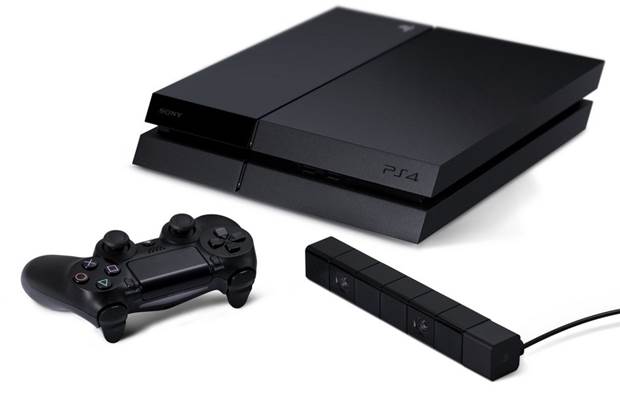
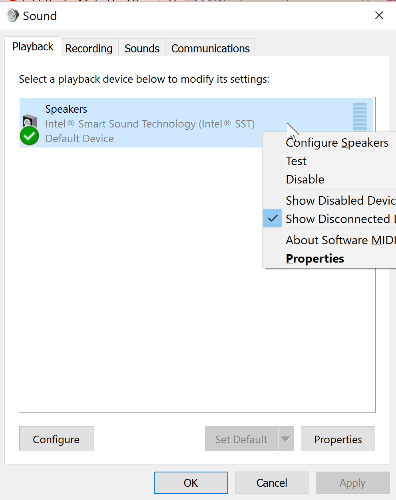
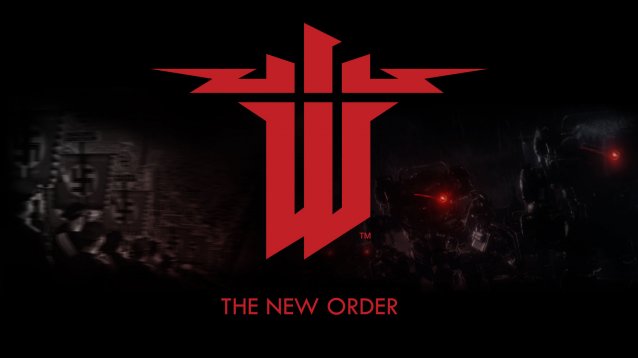
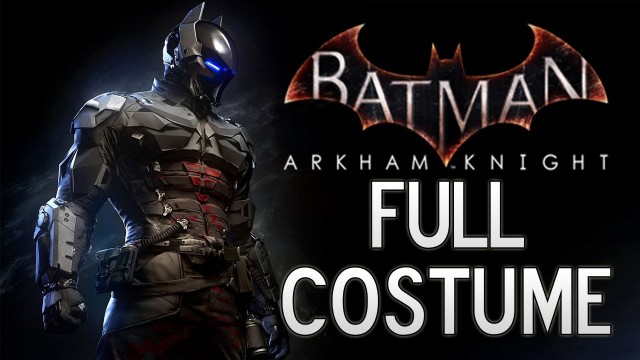 Batman: Arkham Knight Guide Explains You How To Unlock All Costumes, DLC and Pre-Order Included
Batman: Arkham Knight Guide Explains You How To Unlock All Costumes, DLC and Pre-Order Included Shadow Realms Wiki – Everything you need to know about the game .
Shadow Realms Wiki – Everything you need to know about the game . How to effectively use Call of Duty: Advanced Warfare EXO, Combat, Loadout, Grenades and more, Tips and Tricks for Multiplayer Mode
How to effectively use Call of Duty: Advanced Warfare EXO, Combat, Loadout, Grenades and more, Tips and Tricks for Multiplayer Mode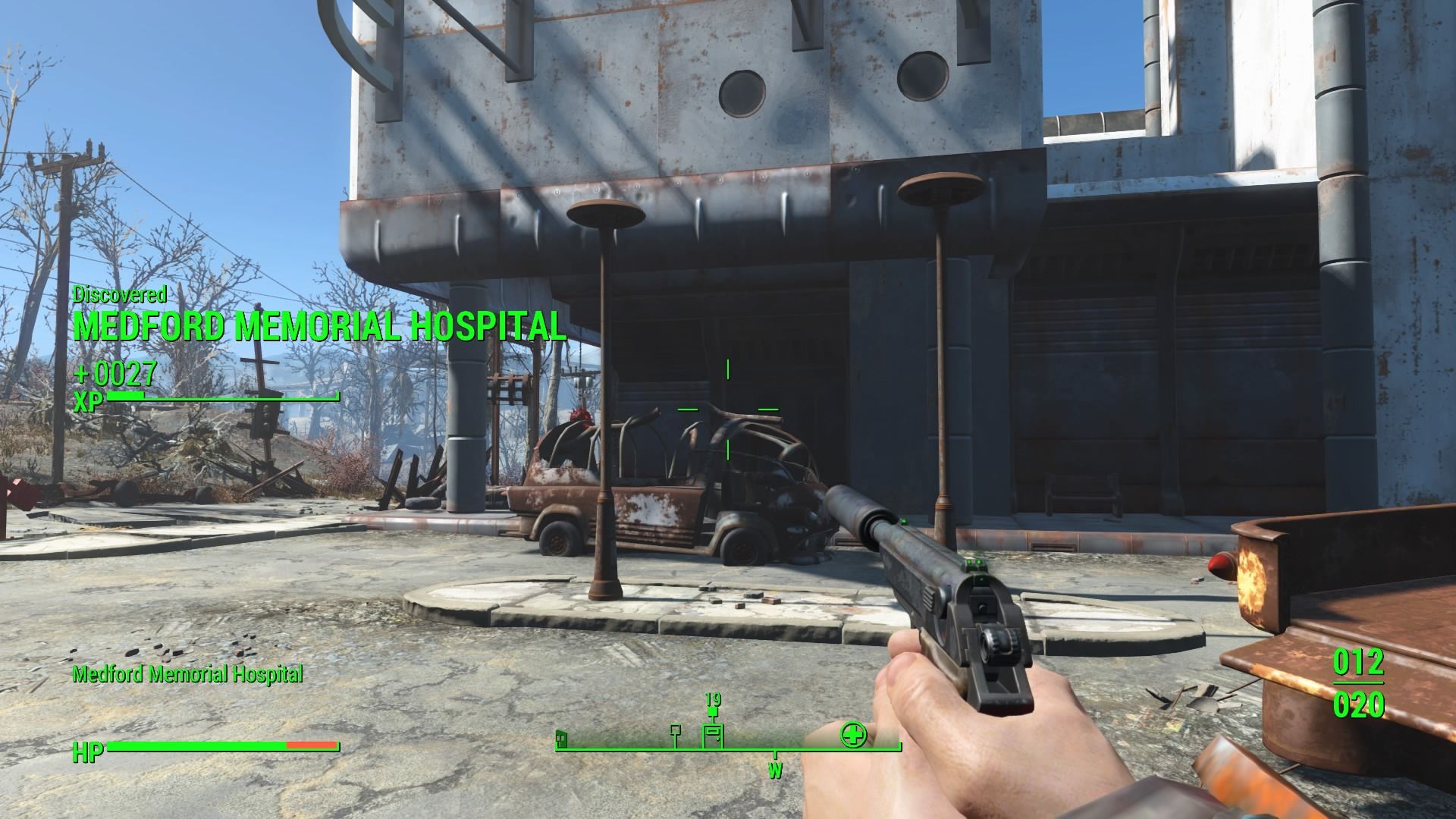 Fallout 4: Jackpot walkthrough
Fallout 4: Jackpot walkthrough Take This Quiz to Measure Your Actual Productivity
Take This Quiz to Measure Your Actual Productivity